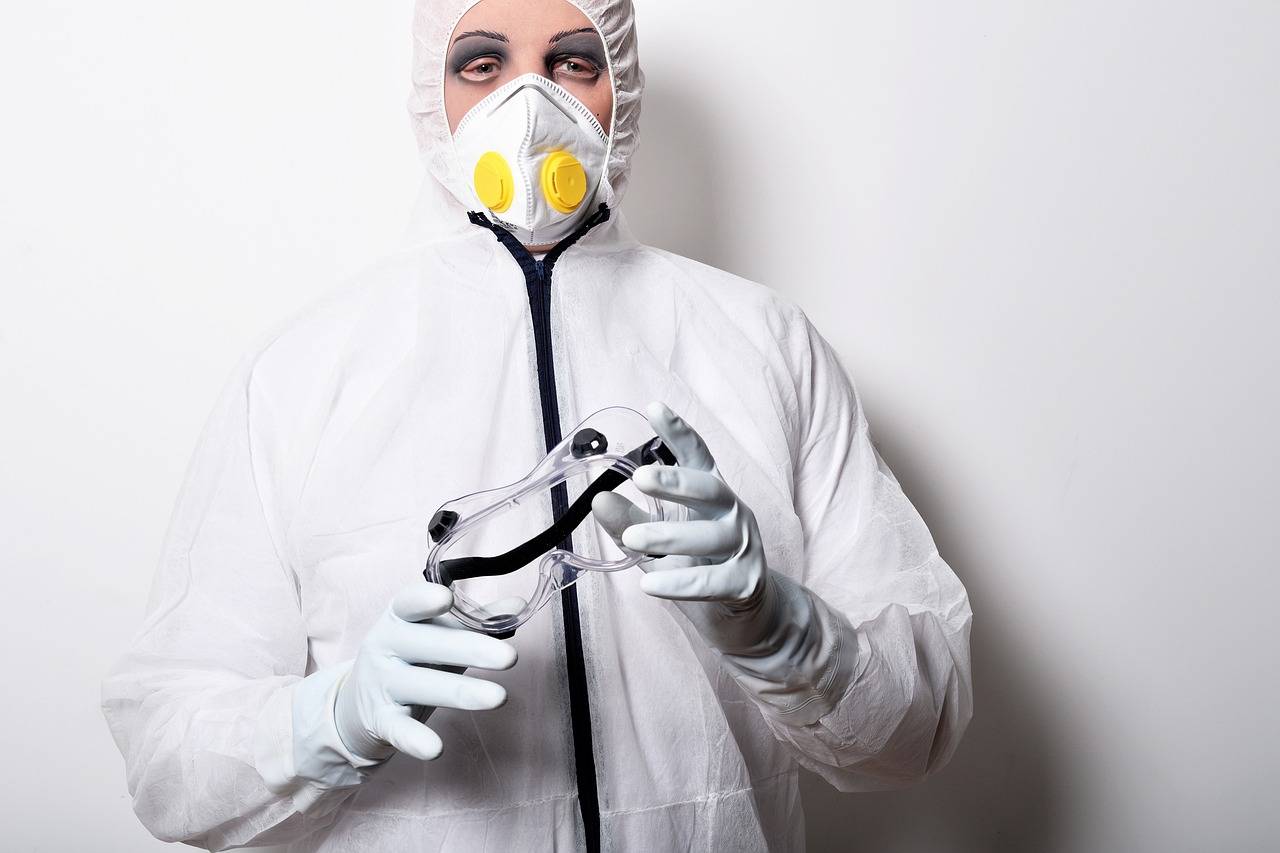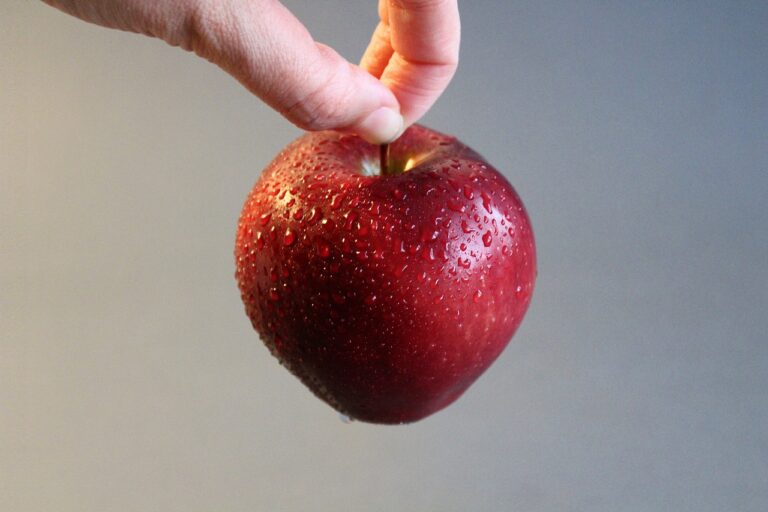Understanding and Managing Eczema
Eczema can manifest in various ways on the skin. One of the common signs is dry, itchy patches that can be red, inflamed, or even cracked. These patches often appear on the hands, face, elbows, and behind the knees. It is also typical to experience intense itching, which can lead to scratching and further irritation of the skin.
In addition to dry and itchy patches, eczema may cause the skin to become swollen or sensitive. Some individuals with eczema may also develop blisters or oozing lesions on the affected areas. The severity of symptoms can vary from person to person, and they may worsen during flare-ups triggered by various factors such as stress, allergens, or harsh soaps.
Common Triggers for Eczema Flare-Ups
For individuals living with eczema, flare-ups can be triggered by a variety of factors. One common trigger is exposure to irritants such as soaps, detergents, and certain skincare products that contain harsh chemicals. These substances can strip the skin of its natural oils, leading to dryness and irritation, which can exacerbate eczema symptoms.
Additionally, certain fabrics like wool or synthetic materials can aggravate eczema-prone skin due to their rough texture and potential for trapping heat and moisture. Individuals with eczema may also find that extreme temperatures, both hot and cold, can trigger flare-ups, as sudden changes in climate can disrupt the skin’s barrier function, making it more susceptible to irritation. Understanding these common triggers can help individuals better manage their eczema and minimize the frequency and severity of flare-ups.
Different Types of Eczema
Eczema is a common skin condition that manifests in various types. Atopic dermatitis is one of the most prevalent forms, characterized by dry, itchy patches on the skin. Contact dermatitis occurs when the skin comes into contact with an irritant or allergen, leading to redness, inflammation, and sometimes blisters.
Another type is dyshidrotic eczema, which primarily affects the hands and feet, causing small fluid-filled blisters. Nummular eczema appears as coin-shaped spots on the skin and can be triggered by factors like dry air or insect bites. Knowing the different types of eczema is crucial for proper diagnosis and management of this chronic skin condition.





